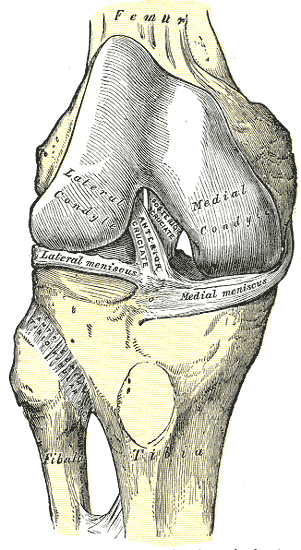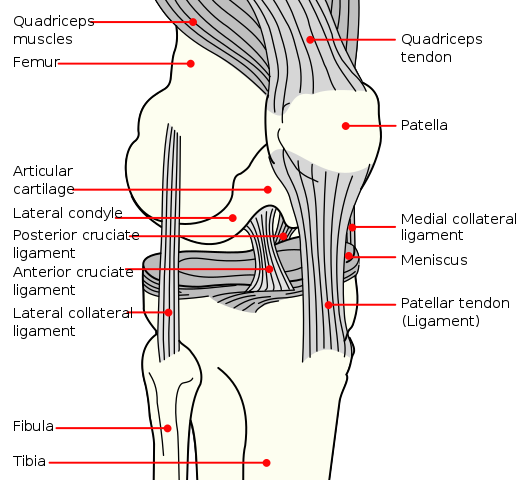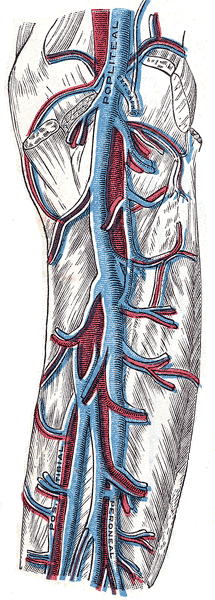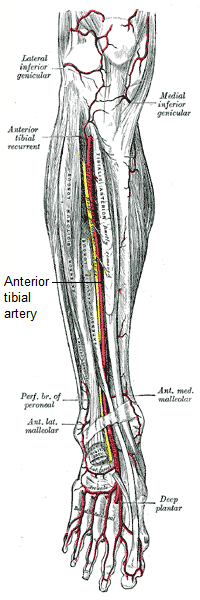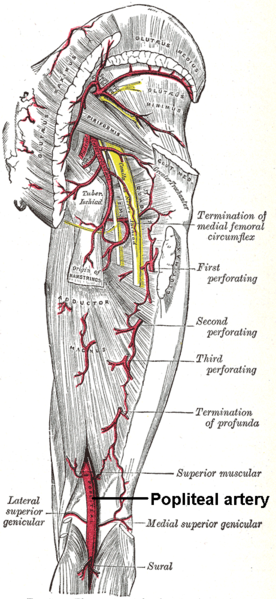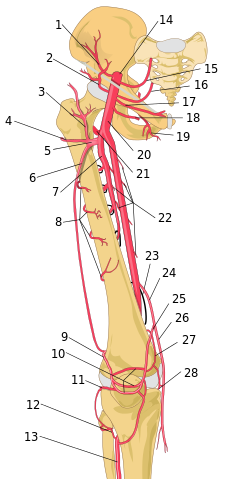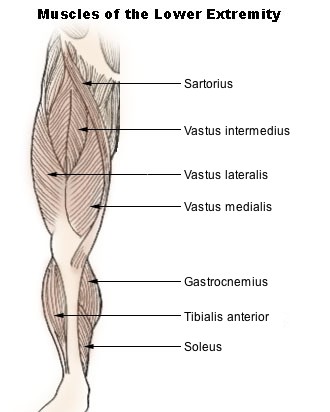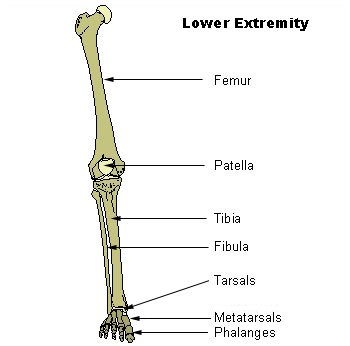We just learned about the Superior Tibiofibular Ligaments.
Another piece of connective tissue is the Inferior Tibiofibular Joint.
This is down by the ankle, connecting the tibia and fibula together at the bottom.
There are 3 ligaments in total. Anterior for the front side, posterior for the back side, and an interosseous membrane in the middle.

(from: wikipedia - inferior tibiofibular joint)
Kid Facts - Blast from the past: Integumentary System
